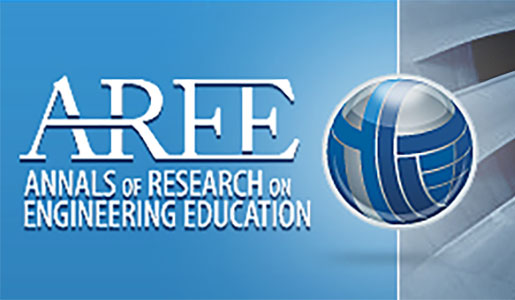Article: Novice Java programmers’ conceptions of ‘object’ and ‘class’, and variation theory
Most science and engineering study programs world-wide include one or several courses in computer programming. In the last decade there have been a number of reports indicating that students have particular difficulties with this subject. Many projects in the international computing education research community have addressed problems in introductory programming courses. In particular there has been a focus on object-oriented programming, since that is currently the dominating programming paradigm.
One kind of approach in this research has been to identify students’ misconceptions of object-oriented concepts. This has been a source of inspiration for our study. However, instead of misconceptions, we have focussed on students conceptions. The rationale for this is that the conceptions found among students typically correspond to different aspects of a correct understanding of the concepts of interest. Since these are the conceptions actually formed by the students, they reveal ways to understand the concepts, that are important from the students’ perspective. Identifying this variation in how students experience the subject matter will provide valuable insight for teachers.
In the present study, we have used a phenomenographic approach. Phenomenography aims at describing the qualitative variation in ways of experiencing a phenomenon. The phenomena addressed in the present study are two key concepts in object-oriented programming, namely ’object’ and ’class’. Following the phenomenographic tradition, we collected data via semi-structured interviews. The informants were 14 students in an Aquatic and Environmental Engineering program at Uppsala University, Sweden. They were interviewed at the end of the introductory programming course. The interviews were transcribed verbatim. Subsequently, a phenomenographic analysis of these transcripts was carried out. As a result, we formulated descriptions of qualitatively different ways in which this group of students experienced the concepts ’object’ and ’class’.
These descriptions were taken as a starting point for a second analysis, based on Variation Theory. This is a theory of learning, related to phenomenography. A phenomenographic investigation can reveal the qualitatively different ways in which phenomena are experienced by students. Typically—as is the case with the categories identified in our study—a certain category of description in a phenomenographic outcome space will include certain features of the phenomenon, while other important features will be missing. The outcome space will usually have a hierarchical structure, going from categories including few features, to categories describing richer or deeper ways of seeing, which encompass several features. The richer ways of seeing correspond best to the intended object of learning. The crucial question for the educator, then, is how to help students to develop rich ways of seeing the phenomenon. According to variation theory, a necessary—but not sufficient—prerequisite for students to discern a feature, is to get the opportunity to experience variation in a “dimension” corresponding to that feature.
From this point view, we analyzed the categories of description of qualitatively different ways in which students understand the concepts ’object’ and ’class’. For each category of description, we identified the corresponding ”dimension of variation”. A general implication for teaching is to make resources available in the learning environment that help students discern these dimensions.
The results of the study reveal aspects of the object-oriented key concepts ’object’ and ’class’ that students actually experienced. Moreover they point out what the students need to be able to discern in order to develop a deep/rich understanding of the concepts. The insights provided can be used in different ways. There is a great freedom and possibility to adapt to the preferences of each teacher and student group.
This work was supported by a grant from the Swedish Research Council.
Author 1: Anna Eckerdal [email protected]
Author 2: Michael Thune´ [email protected]
Article Link:
http://portal.acm.org/citation.cfm?id=1067473&coll=ACM&dl=ACM&CFID=72174581&CFTOKEN=78331598

